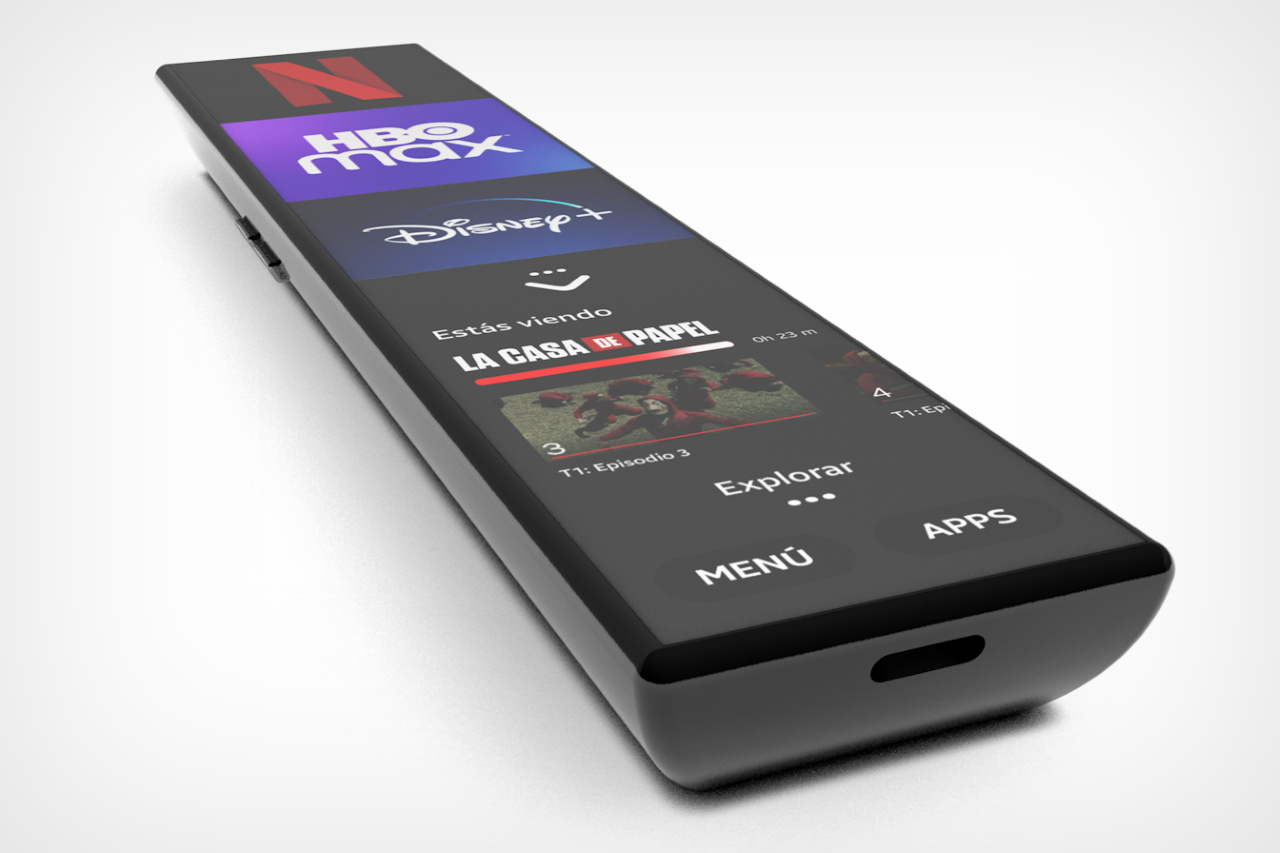Introduction:
Remote controls have come a long way since their inception. Gone are the days of clunky plastic buttons and limited functionality. With the advent of touchscreen technology, remote controls have become more intuitive and user-friendly than ever before. In this blog post, we will explore the world of touchscreen remote controls, their advantages, their drawbacks, and the future they promise. Whether you’re a tech enthusiast or someone simply looking to streamline your home entertainment system, you won’t want to miss this in-depth look at touchscreen remote controls.
The Evolution of Remote Controls:
Before we dive into the world of touchscreen remote controls, let’s take a moment to appreciate how far remote control technology has come. In the early days of television, remote controls were a luxury, and they were limited to basic functions like changing channels and adjusting the volume. These early remotes were often large, clunky, and connected to the TV by a cord.
As technology advanced, so did remote controls. Infrared (IR) remotes replaced corded remotes, offering more convenience and mobility. With the rise of smart technology, remote controls became more sophisticated, allowing users to control not only their TVs but also their DVD players, sound systems, and even home automation systems.
The Touchscreen Revolution:
The advent of touchscreen technology brought a revolution to the world of remote controls. Touchscreens, which are now commonly found on smartphones and tablets, have made their way into remote controls, offering a more intuitive and versatile user experience.
Touchscreen remote controls come in various forms, from dedicated universal remotes with large touchscreens to apps on your smartphone or tablet that can turn your device into a remote control. These touch-sensitive screens provide a dynamic interface that adapts to the specific device you’re controlling, making it easier than ever to manage your home entertainment system.
Advantages of Touchscreen Remote Controls:
User-Friendly Interface: One of the most significant advantages of touchscreen remote controls is their user-friendly interface. The touchscreen provides a visual representation of your devices, allowing you to select and control them with a simple tap or swipe.
Customization: Touchscreen remotes often offer customization options, allowing you to create personalized layouts and macros. This means you can design your remote to suit your specific needs, making it easy to control all your devices with a single touch.
Versatility: Touchscreen remote controls can be used to manage a wide range of devices, from your TV and sound system to smart lights and thermostats. They are particularly popular in home automation systems, where a single remote can replace a multitude of traditional remotes.
Integration: Many touchscreen remotes are designed to work seamlessly with voice assistants like Amazon Alexa or Google Assistant. This integration enables you to control your devices with voice commands, further simplifying your home entertainment experience.
Drawbacks to Consider:
While touchscreen remote controls offer numerous benefits, they also come with some drawbacks:
Price: Touchscreen remote controls tend to be more expensive than traditional remote controls. The advanced technology and customization options can drive up the cost significantly.
Battery Life: Touchscreen remotes require power to operate, which means they need to be recharged or have their batteries replaced regularly. This can be an inconvenience if you forget to charge the remote.
Learning Curve: While touchscreen remotes are generally user-friendly, there can still be a learning curve for some users, especially those who are less tech-savvy.
Durability: Touchscreen remotes are more susceptible to damage from accidental drops or spills. Traditional remote controls with physical buttons are generally more durable in this regard.
The Future of Touchscreen Remote Controls:
As technology continues to advance, the future of touchscreen remote controls looks promising. Here are some trends and developments to keep an eye on:
Haptic Feedback: Some touchscreen remotes are incorporating haptic feedback technology to simulate the sensation of pressing physical buttons. This can enhance the user experience by providing tactile feedback.
Gesture Control: Gesture control technology is making its way into touchscreen remote controls, allowing users to perform actions with hand movements in the air. This offers a futuristic and convenient way to interact with your devices.
Increased Compatibility: Manufacturers are working on making touchscreen remote controls more compatible with a wider range of devices and brands, reducing the need for multiple remotes in a single home.
Artificial Intelligence: AI-powered remote controls are on the horizon. These remotes will learn your preferences and habits, making them more intuitive and adaptive to your needs.
Conclusion:
Touchscreen remote controls have transformed the way we interact with our home entertainment systems and smart devices. Their user-friendly interfaces, customization options, and versatility make them a compelling choice for tech enthusiasts and those looking to simplify their home automation. While they do come with a few drawbacks, the future of touchscreen remote controls promises even more exciting developments that could make them an essential part of our daily lives.
In a world where technology is constantly evolving, touchscreen remote controls are a prime example of how innovation can enhance our daily experiences. Whether you’re controlling your TV, dimming the lights, or adjusting the thermostat, touchscreen remote controls are at the forefront of modern convenience.



